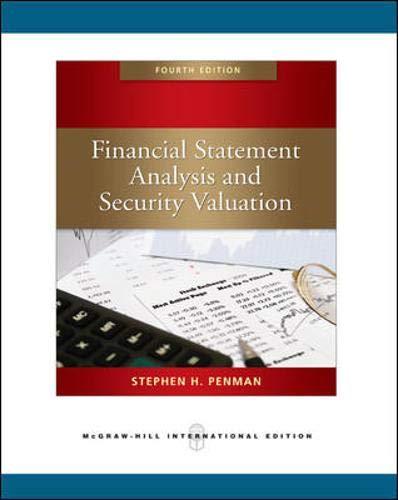Cisco Systems, Inc. (CSCO), manufactures and sells networking and communications equipment for transporting data, voice, and video
Question:
Cisco Systems, Inc. (CSCO), manufactures and sells networking and communications equipment for transporting data, voice, and video and provides services related to that equip- ment. Its products include routing and switching devices, home and office networking equipment, Internet protocol, telephony, security, network management, and software sec- vices. The firm has grown organically but also through acquisition of other networking and software firms. Cisco's Web site is at www.cisco.com Cisco was a darling of the Internet boom, one of the few firms with concrete products. Indeed its products were important to the development of the infrastructure for the Internet age and the expansion in telecommunications. At one point, in early 2000, the firm traded with a total market capitalization of over half a trillion dollars, exceeding that of Microsoft, and its shares traded at a P/E of over 130. With the bursting of the Internet bubble and the overcapacity in telecommunications resulting from overinvestment by telecommunications firms, Cisco's growth slowed, but it certainly was a strong survivor. By 2004, its revenue had recovered to the $22.0 billion level reported for 2001. In September 2004, just after its reports for fiscal year ended July 2004 had been published, Cisco's 6,735 million shares traded at $21 each on book value of $25,826 mil- lion. The firm pays so dividend. Analysts were forecasting consensus basic earnings per share of $0.89 for 2005 and $1.02 for 2006. Most analysts had buy recommendations on the stock, some had holds, but none was issuing a sell recommendation. With a beta close to 2.0, investment analysts were using a 12 percent required return for Cisco's equity at the time A. Bring all the tools in this chapter to an evaluation of whether Cisco's price-to-book ratio in September 2004 is appropriate. You will not be able to resolve the issue without some detailed forecasting of Cisco's future earnings (which you should not attempt at this stage). Rather, using the analysts' forecasts for 2005 and 2006, quantify the earnings forecasts for subsequent years implicit in Cisco's $21 price that could be challenged with further analysis. Identify the speculative components of Cisco's price using the building block approach. Figures 5.4 and 5.5 should be helpful to you. B. Analysts were forecasting an average target price of $24 for the end of fiscal year 2005. Is the target price consistent with a buy recommendation on the stock? Analysts were also forecasting a 14.5 percent five-year growth rate for earnings. Is the buy recommen- dation consistent with the forecasts that analysts were making? C. If, through diligent analysis, you concluded that Cisco's long-run residual eaming growth rate can be no more than 6 percent per year, what is the expected rate of return from buying Cisco at $21? Real World Connection See Minicase M6.1 in Chapter 6 for a parallel investigation using P/E ratios. Minicase M14.2 also deals with Cisco, as well as Exercises E14.12 and E2.11.
Step by Step Answer:

Financial Statement Analysis And Security Valuation
ISBN: 9780071267809
4th International Edition
Authors: Penman-Stephen-H, Steven Penman





